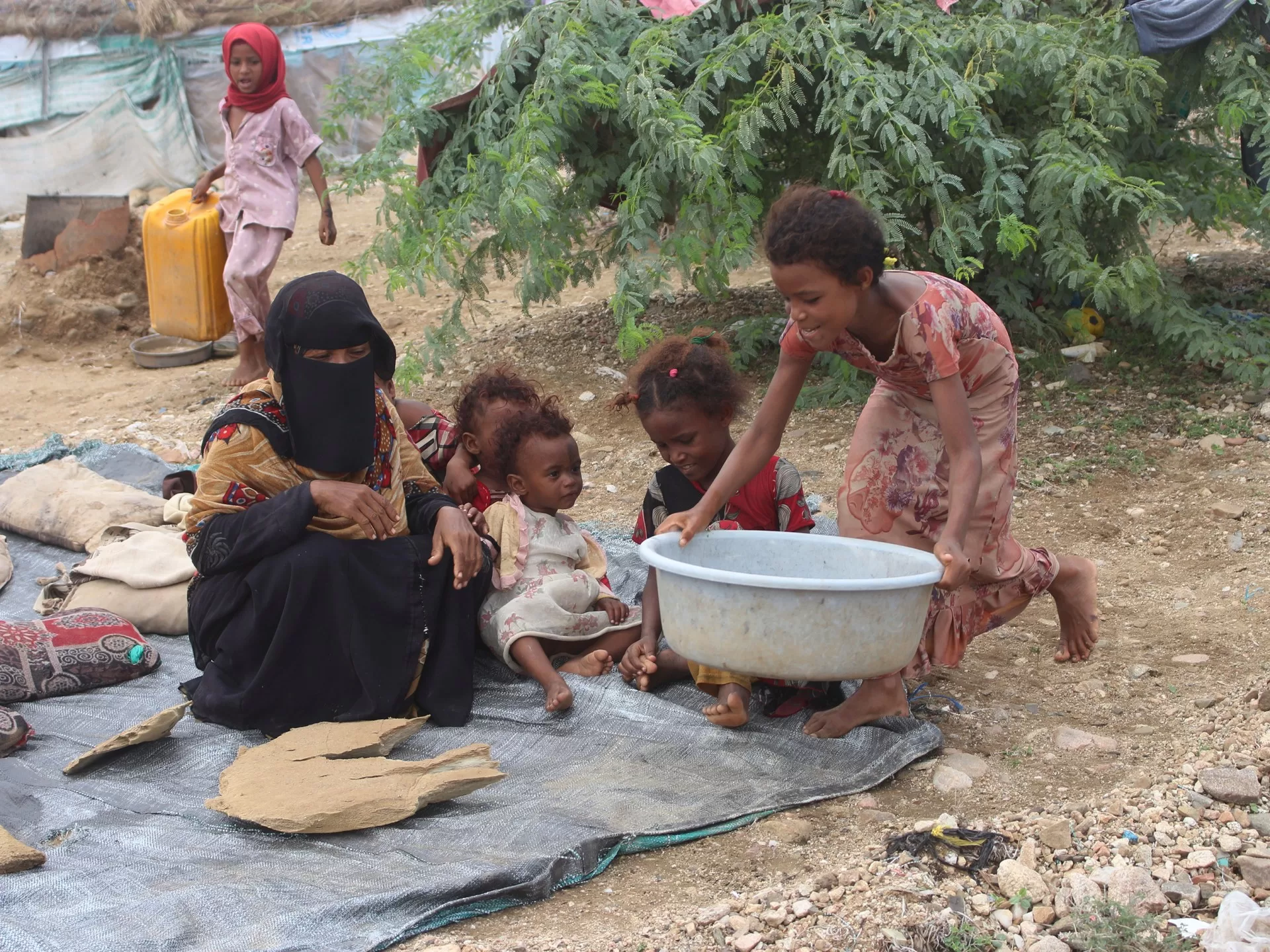The number of acutely malnourished children has increased by 34 percent compared with last year, a United Nations report says.
Acute malnutrition is rapidly escalating in Yemen, with famine looming in four districts, United Nations experts have said.
A report published on Sunday by the UN’s Integrated Food Security Phase Classification (IPC) Technical Group in Yemen, covering areas under government control, said the most critical cases are emerging along the war-torn country’s Red Sea coast.
Yemen, already one of the poorest countries in the Arabian Peninsula, has been ravaged by years of war between the Saudi-backed government and the Iran-aligned Houthis.
The conflict, which has stalemated for years, has caused economic collapse and precipitated one of the world’s worst humanitarian crises.
The IPC report said malnutrition rates have significantly worsened due to a combination of factors including the spread of diseases such as cholera and measles, a shortage of nutritious food, a lack of drinking water, and broader economic decline.
The number of acutely malnourished children has increased by 34 percent compared with last year, the report said, including more than 18,500 children under five who are projected to be severely malnourished by the end of this year. Some 223,000 pregnant and lactating women are also expected to be malnourished in 2024.
All 117 districts in government-controlled areas are expected to suffer from “serious” levels of acute malnutrition, it said. Among them, four districts – Mawza and al-Makha (Mocha) in Taiz province, and Hays and Khawkhah in Hodeidah province – are projected to slip into famine between July and October this year.
A famine is declared in an area when one in five people or households severely lack food and face starvation and destitution that would ultimately lead to critical levels of acute malnutrition and death.
‘Wake-up call’
The IPC, a global partnership of 15 UN agencies and humanitarian organisations, has emphasised the urgent need for increased support and intervention to mitigate the impact of the crisis.
“These findings should be a wake-up call that lives are at stake,” said Pierre Honnorat, the World Food Programme director in Yemen. “It is critical to step up support to the most vulnerable who could sink deeper into food insecurity and malnutrition if current low levels of humanitarian funding persist.”
The report does not provide details on recent deaths from severe hunger nor on the situation in Houthi-held areas. The rebels have in recent months launched a crackdown on UN agencies and aid groups, detaining dozens of workers.
About half of the country’s population – or 18.2 million people – are in need of humanitarian aid this year, according to the UN.
Houthi forces hold most large urban centres of Yemen including the capital Sanaa while the Saudi-backed government is based in Aden in the south.
The Riyadh-led coalition intervened in Yemen in March 2015 after the Houthis ousted the government from Sanaa. The Houthis say they are fighting a corrupt system and foreign aggression.
The war in Yemen has since killed more than 150,000 people and created one of the world’s worst humanitarian disasters, killing tens of thousands more.
